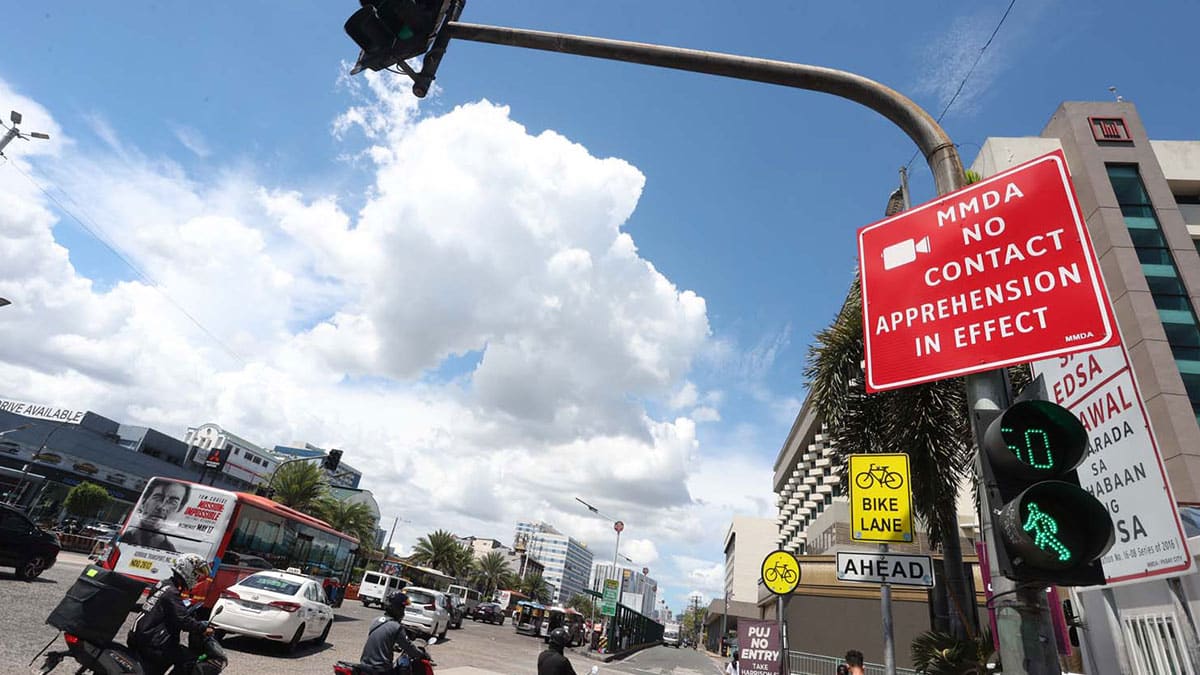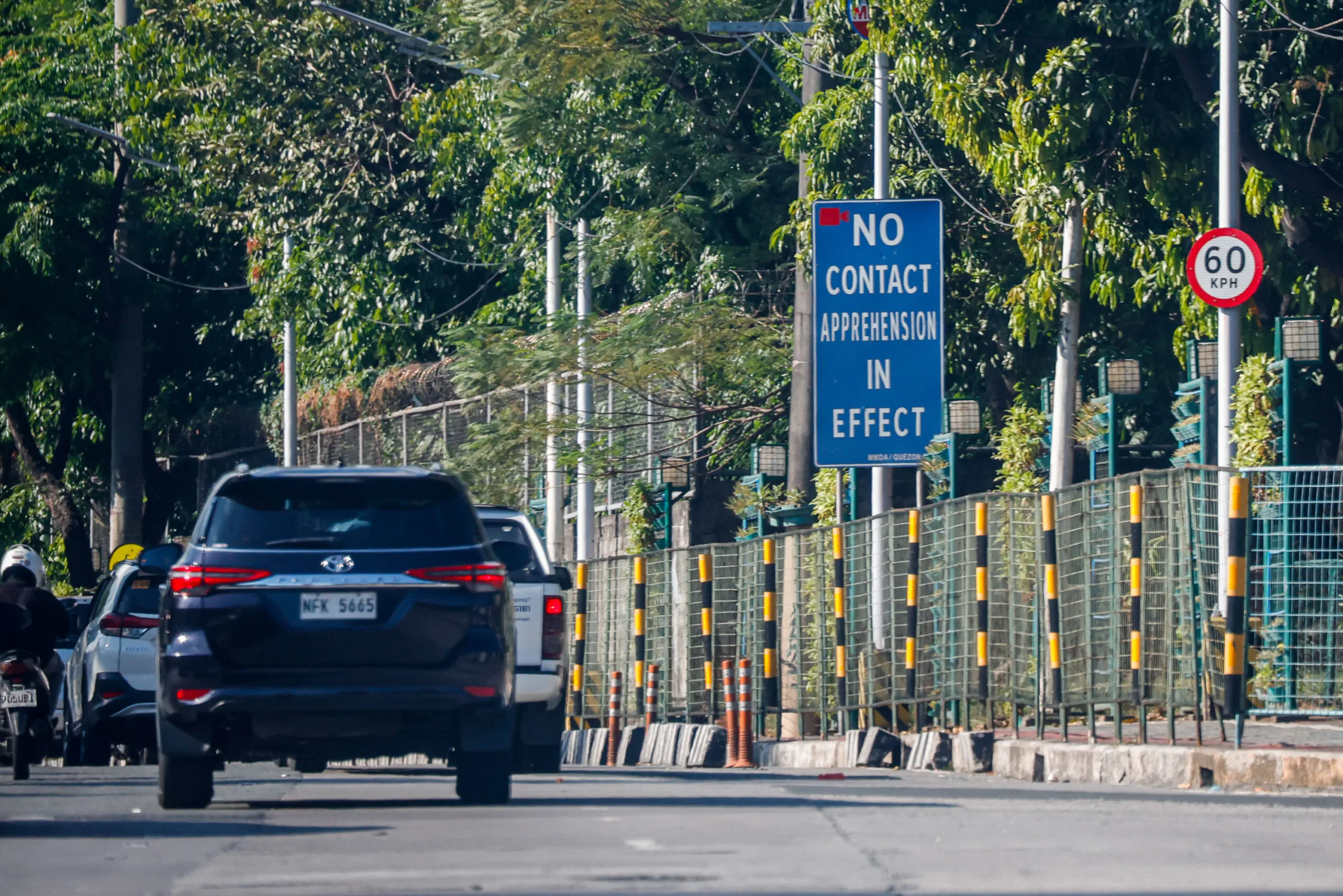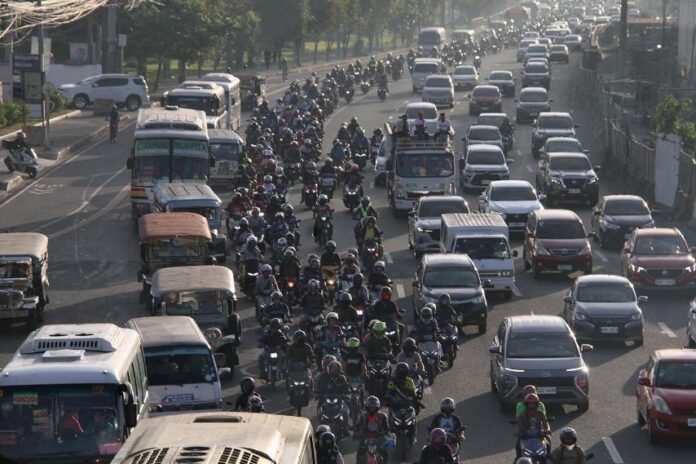The No Contact Apprehension Policy (NCAP) has been reimplemented in Metro Manila, leading to a significant number of traffic violations recorded on its first day. The policy, which utilizes surveillance technologies like closed-circuit television (CCTV) cameras, aims to monitor and identify traffic violations without the need for on-site traffic enforcers. This system is designed to promote road discipline and reduce traffic congestion by automating the enforcement of traffic laws.

Prior to its suspension in August 2022, the NCAP had proven effective in decreasing traffic violations and road accidents. For instance, in Manila, traffic violations reportedly dropped by 90%, and road accidents decreased by 62% during its initial implementation. However, following the suspension, the Metropolitan Manila Development Authority (MMDA) observed a significant increase in traffic violations, with monthly averages rising from 9,500 to 32,000.
The recent surge in violations on the first day of NCAP’s return underscores the challenges in maintaining traffic order without automated enforcement systems. The MMDA continues to advocate for the policy, emphasizing its role in enhancing road safety and discipline among motorists.

In a recent statement, MMDA Chief Information Officer Sharon Gentalian noted that while it’s too early to declare a sudden change in behavior among motorists, the observed road discipline is a positive sign. She emphasized that the NCAP’s reimplementation is not a miracle but a result of consistent enforcement and the public’s growing awareness of traffic regulations.
The NCAP covers various major roads in Metro Manila, such as EDSA, Circumferential Road 5, Katipunan Avenue, Marcos Highway, Roxas Boulevard, Commonwealth Avenue, Quezon Avenue, West Avenue, E. Rodriguez Avenue, and Buendia Avenue, among others. The MMDA remains committed to monitoring the policy’s effectiveness and making necessary adjustments to ensure its success in promoting safer and more disciplined road usage.







